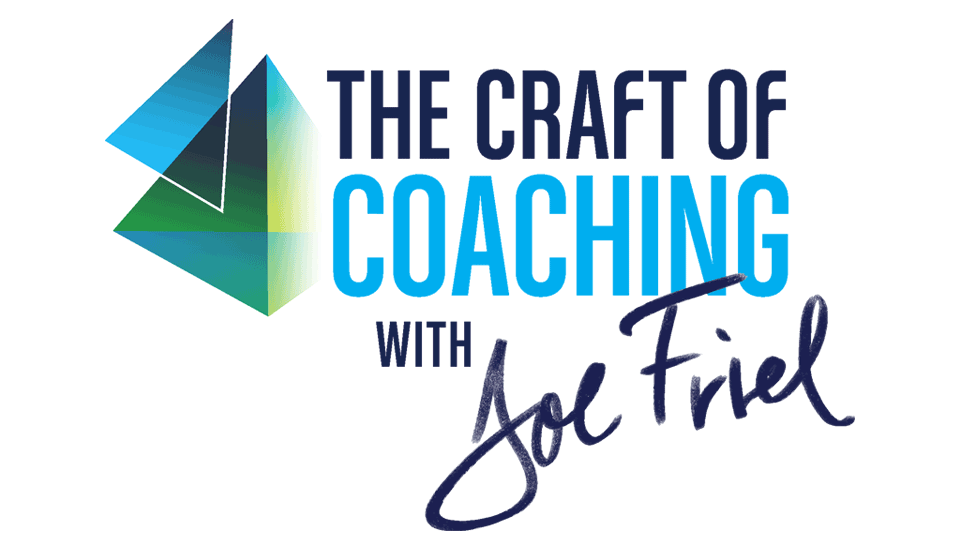Why Hill Strides and Speed Development Are Essential for Ultras
In addition to traditional aerobic training, SWAP uses short hill strides to help athletes develop speed. Get the science behind this innovative approach to raising the ceiling on VO2max.
In addition to traditional aerobic training, SWAP uses short hill strides to help athletes develop speed. Get the science behind this innovative approach to raising the ceiling on VO2max.
Video Transcript
David Roche 0:05
So our approach to endurance sports is that at the heart of it all, is not the aerobic system, it is speed.
Megan Roche 0:12
[Laughs] Drafting.
David Roche 0:21
That speed is going to determine the absolute ceiling of what you can do, always. But then everything you do—whether you’re doing a 5K, a triathlon, or 100-mile race—will be a certain percentage of that ceiling that varies based on the person, their genetics, their muscle fiber distribution, a lot of other variables like that. Hill strides and strides in general are essentially just force generation machines for your body. When you hear plyometrics or strength training or anything like that, I’m like, “Okay, that’s stuff’s great. As a secondary thing.” The first thing you need to do is be able to put out a lot of power in a functional manner. And that’s where hill strides come in.
So I’m making these things sound like a miracle, what actually are they? And that’s the cool part. All of this is very simple. We’re just essentially just trying to probe close to maximum output periodically throughout a week. And our favorite way to do that are the aforementioned hill strides. So what that is in practice is 20 to 30 seconds, relatively fast up a hill. So the way athletes run them in practice is they ease into the effort, build up close to their max speed but without fully sprinting—you don’t want to be throwing your arms all around like that, you want to still be using long distance form—and go for the duration: 20 or 30 seconds, depending on the goals of that specific session.
Megan Roche 1:46
All right, David’s starting out his stride. He’s nice and chill for the first five seconds. We really want to ease into this, sometimes even have athletes go from a flat ground, then into the hill to develop a little bit of momentum. And he’s building power as he goes up the hill. We want to think about nice, powerful form. It’s helpful to have slightly higher cadence, but we don’t want cadence to be too high so that we can maximize the power output per stride. The goal of the hill strides is to maximize cardiac output. And so you want that heart rate to fall nicely between efforts. For David, that’s a nice slow jog back down the hill. Sometimes it’s okay to even take a five-second break at the top of the hill before slowly jogging back down.
David Roche 2:25
Even though running economy is our focus here, this is also a benefit for the aerobic system. So the primary way that happens here is through cardiac output. You start at a relatively low heart rate, as you go, your heart rate really shoots up fast. And there are some theories that could improve cardiac efficiency, stroke output, things like that. This is a much smaller piece of the rationale. But it does add up and it does count. And what we’ll see actually in athlete files is that as they introduce these types of stimuli, often their resting heart rates will drop over the course of the first few weeks. Likely that has to do with a little bit of strain on that heart as it remodels just slightly. Even though it’s not a huge variable, it does matter, and it will play a role in running economy and endurance performance.
There are some fascinating studies recently that kind of went the step beyond and they essentially did this really convoluted protocol where some of the athletes did fasted intervals, and others did fueled intervals. But the big thing is the conclusion there, is that the changes themselves were often happening in type 1, slow twitch muscle fibers. These weren’t the same muscle fibers that you use when you sprint, that’s not what we’re doing here. You’re actually changing how the muscle matrices work in these muscle fibers that you then use in long ultras.
So it’s the simplistic way to think about it on one end of, “I get power, I run fast.” That is helpful to a certain extent. But a lot of it is that these same muscle fibers that you’re using at your marathon effort, or even your 100-mile effort, are being made stiffer and stronger by these types of short efforts that don’t crack into the anaerobic system, but are still using a lot of the aerobic muscle fibers. So if you can harness that, you’re getting a ton of power, but in an incredibly functional way. So that power then can make what used to be your marathon effort or used to be your 100-mile effort, be your new, just chill, all-day pace. And now you can start seeing where those limits lie in your workouts, your easy runs, and everything else.
So these alone won’t make you a professional athlete or a superstar. But once you start layering these in with the other training elements, you’ll find that your potential can increase to 5%, 10%. And then over time, 20%. And then as you age, the power reductions go away, and you actually start gaining power, and you get to 50 and you’re going strong and it’s like, wow! And that’s my favorite thing about this element in training is as you get powerful, you’re not just, like, finding a ceiling and then that’s where you stay. You’re realizing that what you thought was your ceiling isn’t even close.
